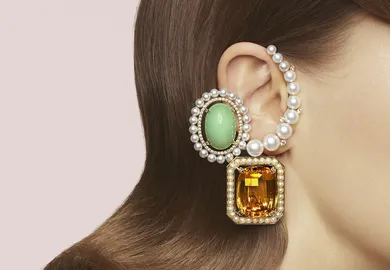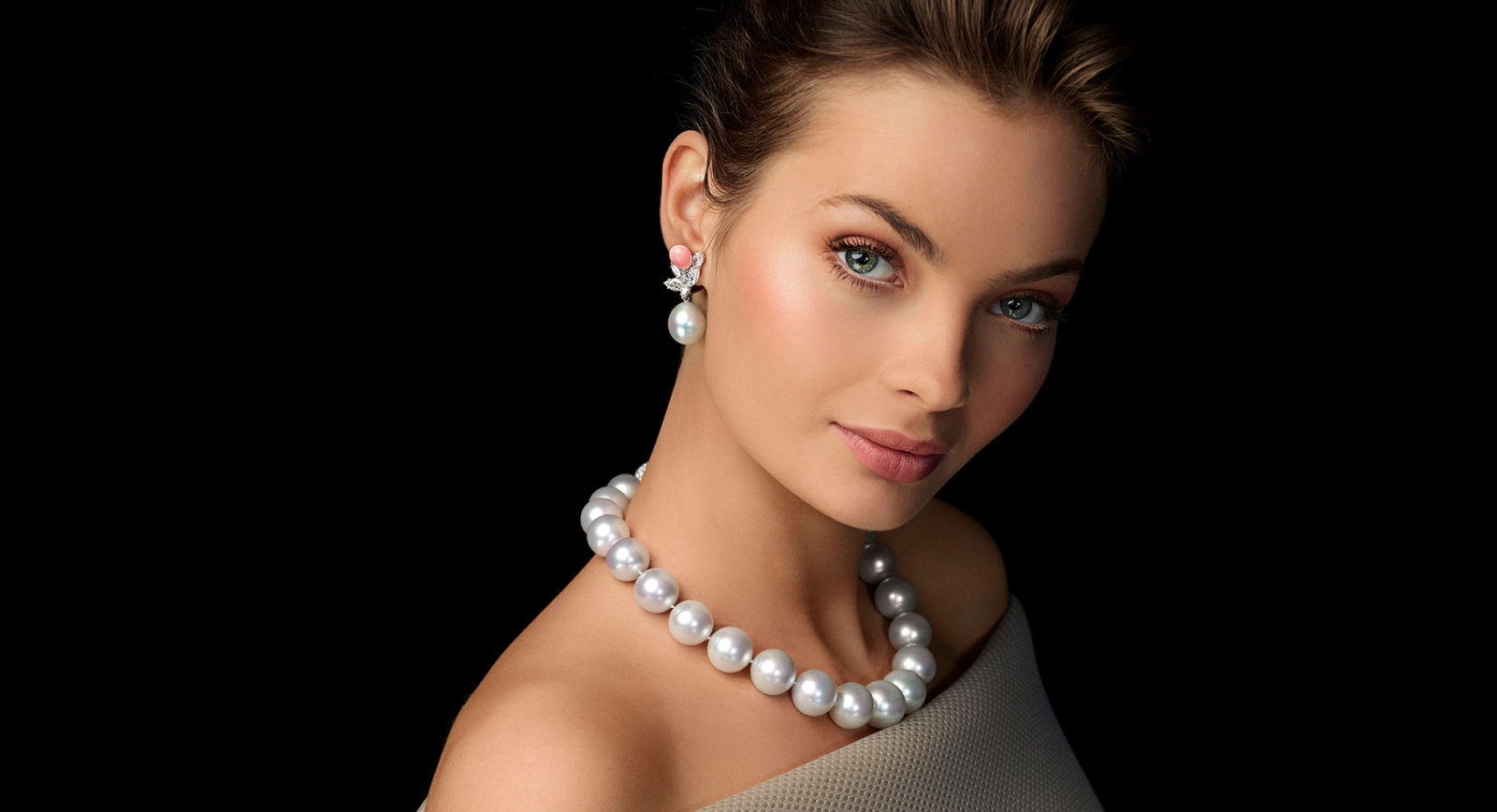

Beneath the Shell: The Creative Versatility of Mother-of-Pearl
Discover the enchanting world of mother-of-pearl as we delve into the various techniques used by five of our favourites here at KaterinaPerez.com, including Austy Lee, Simone Jewels and Maison J’OR, among others. How do they harness the ethereal beauty of nacre in their creations? Let’s find out by studying inlay, carving and engraving…
Mother-of-pearl has captivated artisans and designers for centuries, from its luminous iridescence to its delicate yet durable nature. When this material is skilfully incorporated into contemporary creations, it adds a timeless charm and sophistication no matter whether it’s used in small doses or across much larger surfaces.
This story is available to Katerina Perez Club members.
Premium Membership
£15/month
Billed monthly. Cancel anytime*
Elite Membership
£13/month
Billed annualy. Cancel any time*
Already have an Account?








